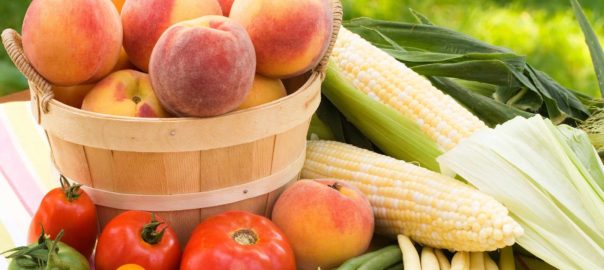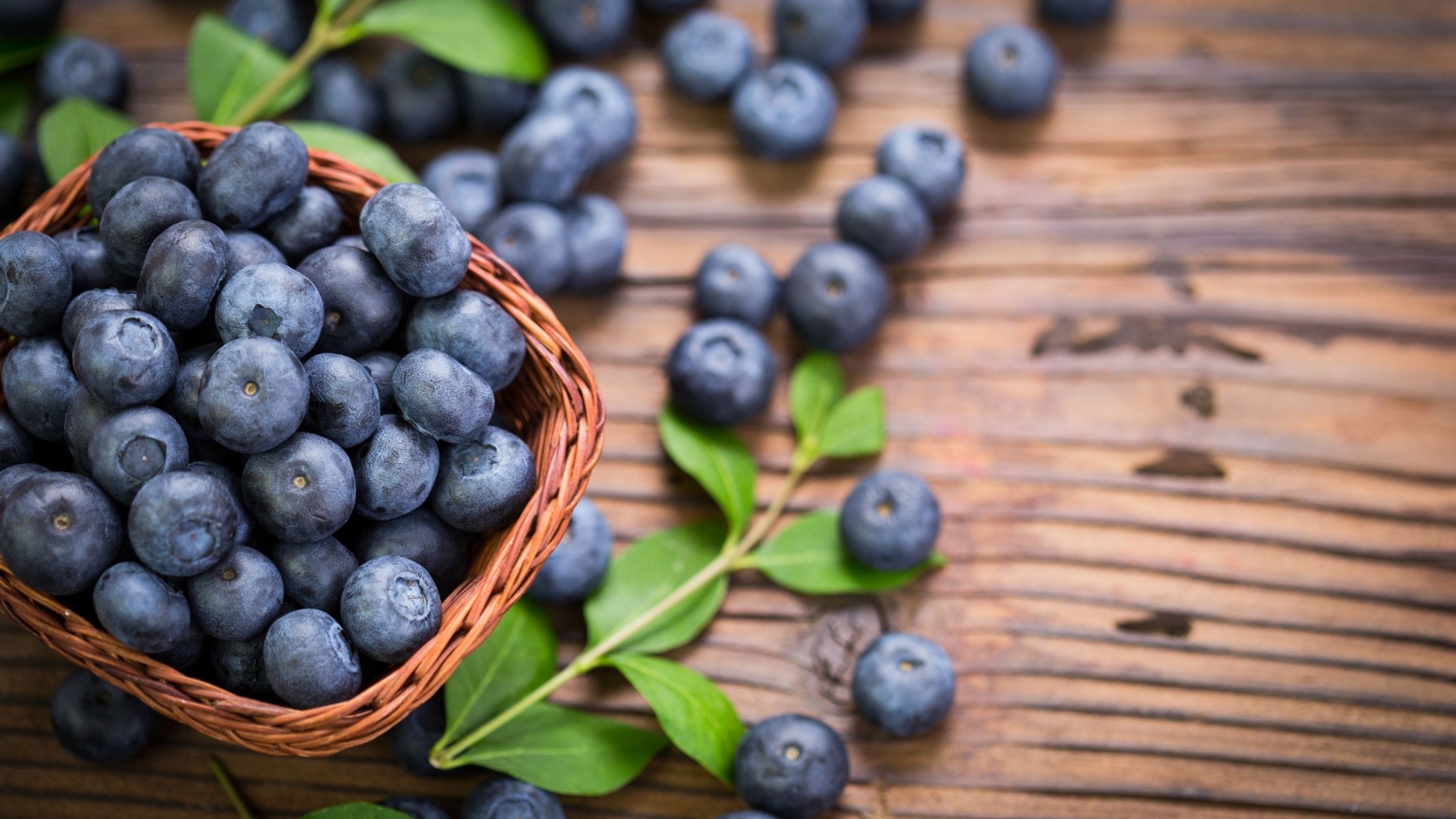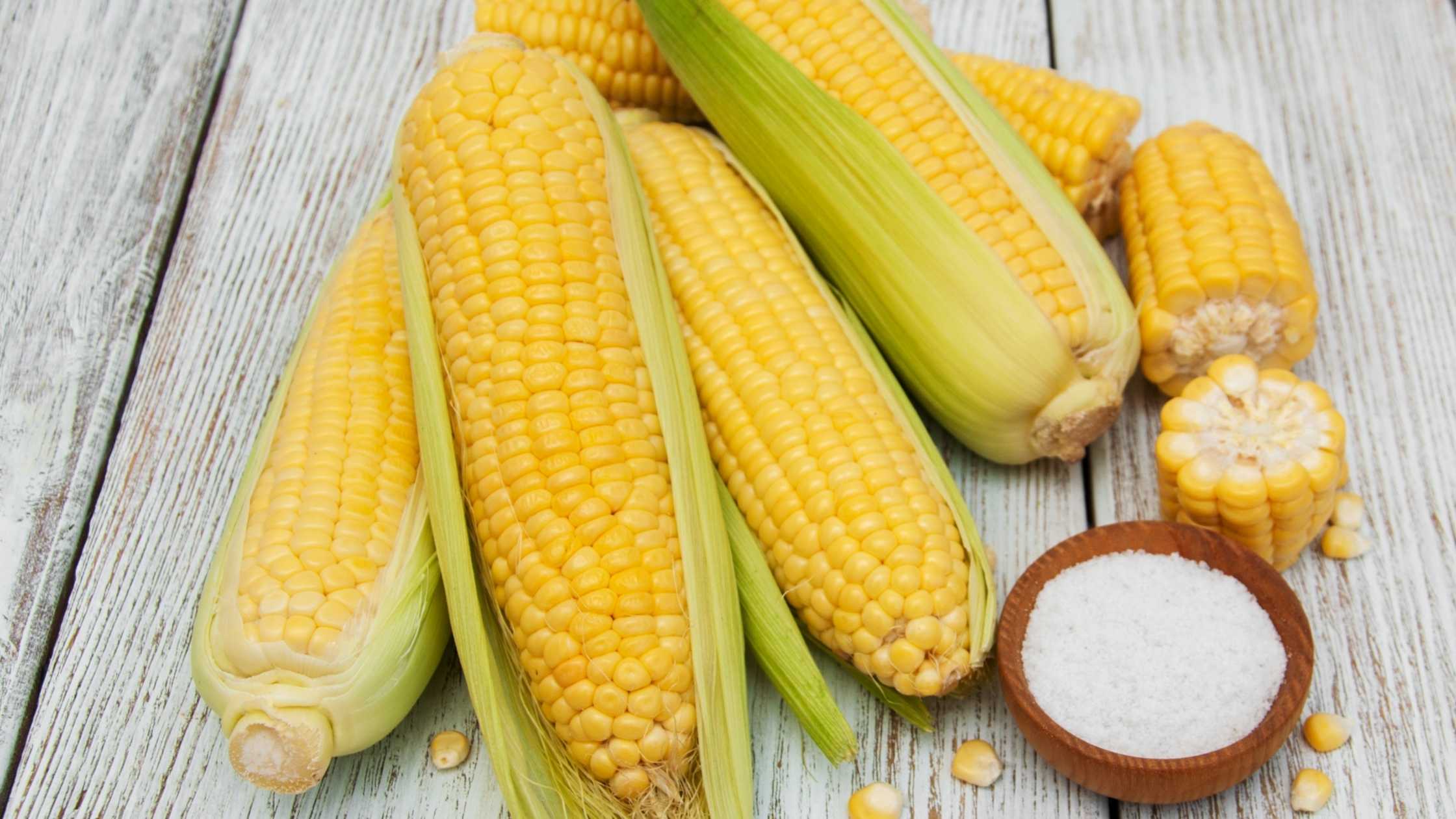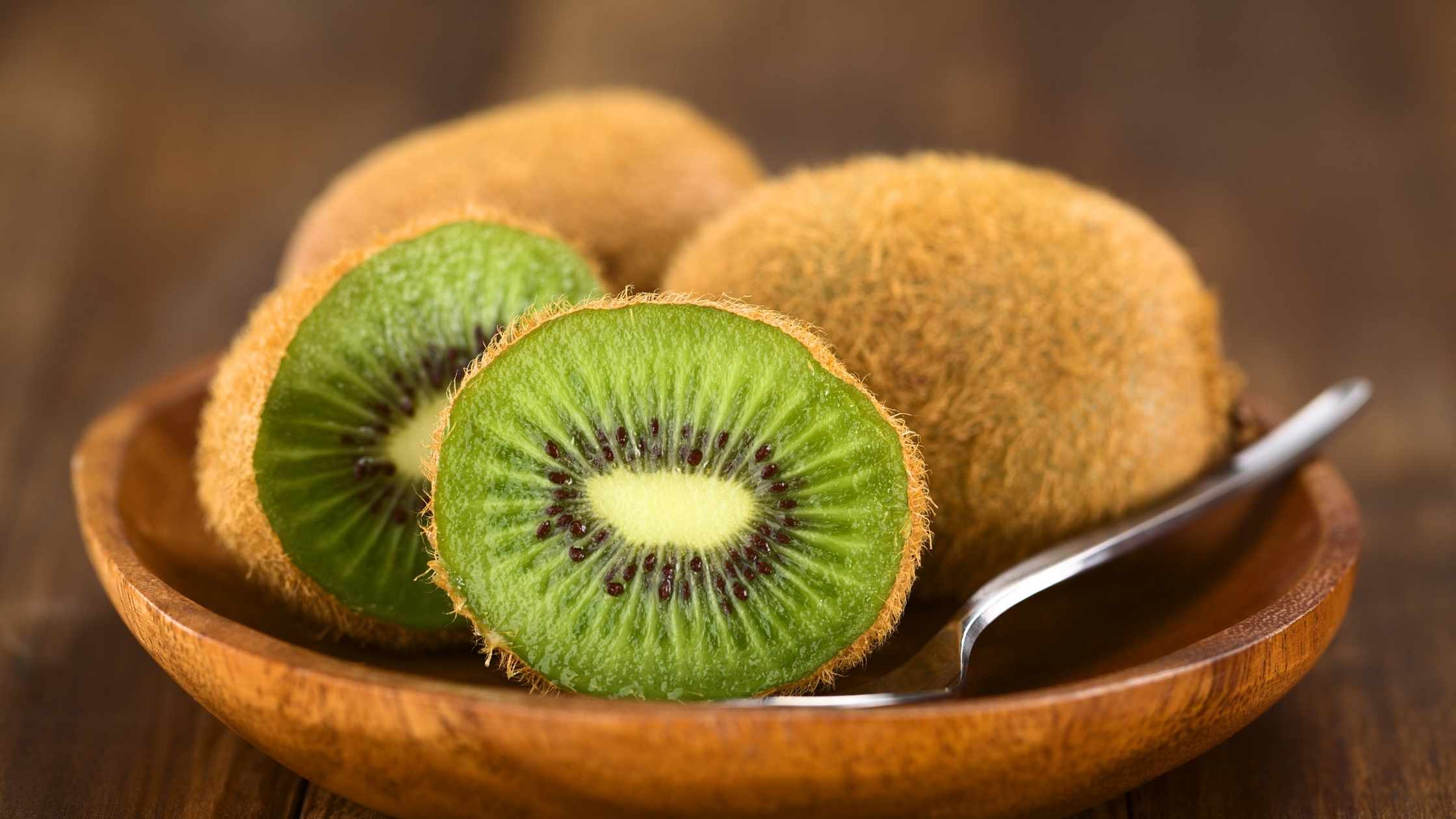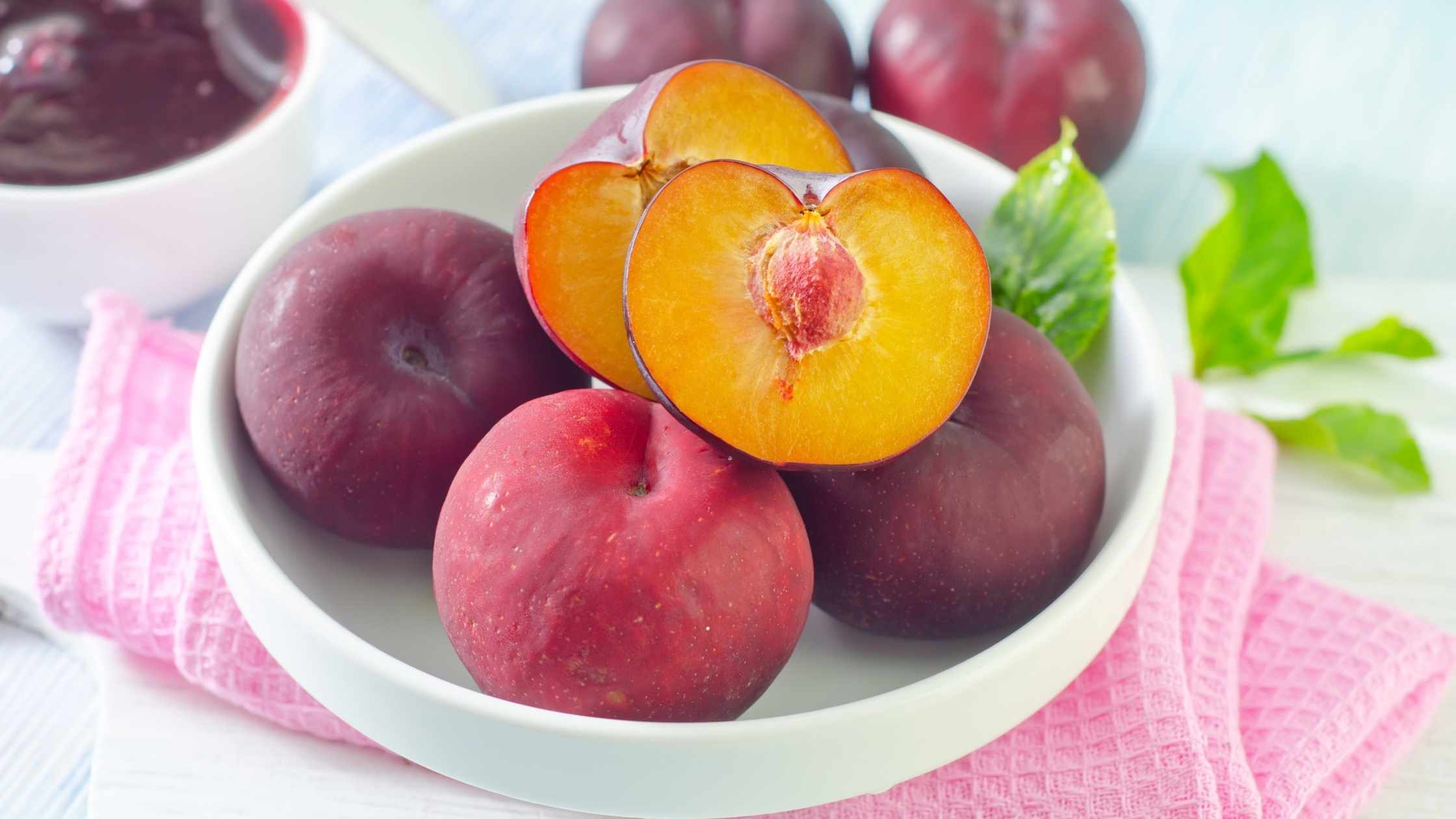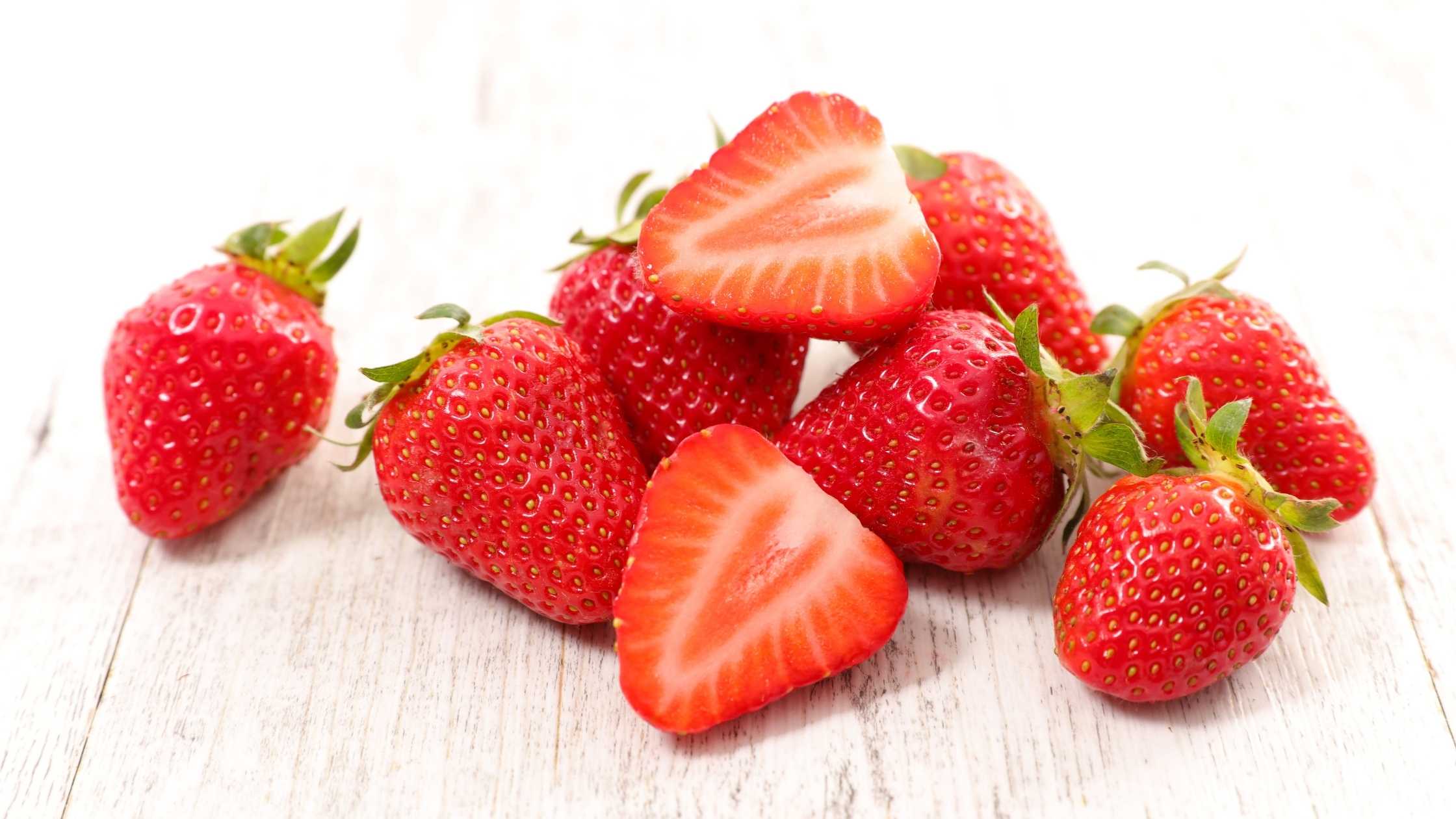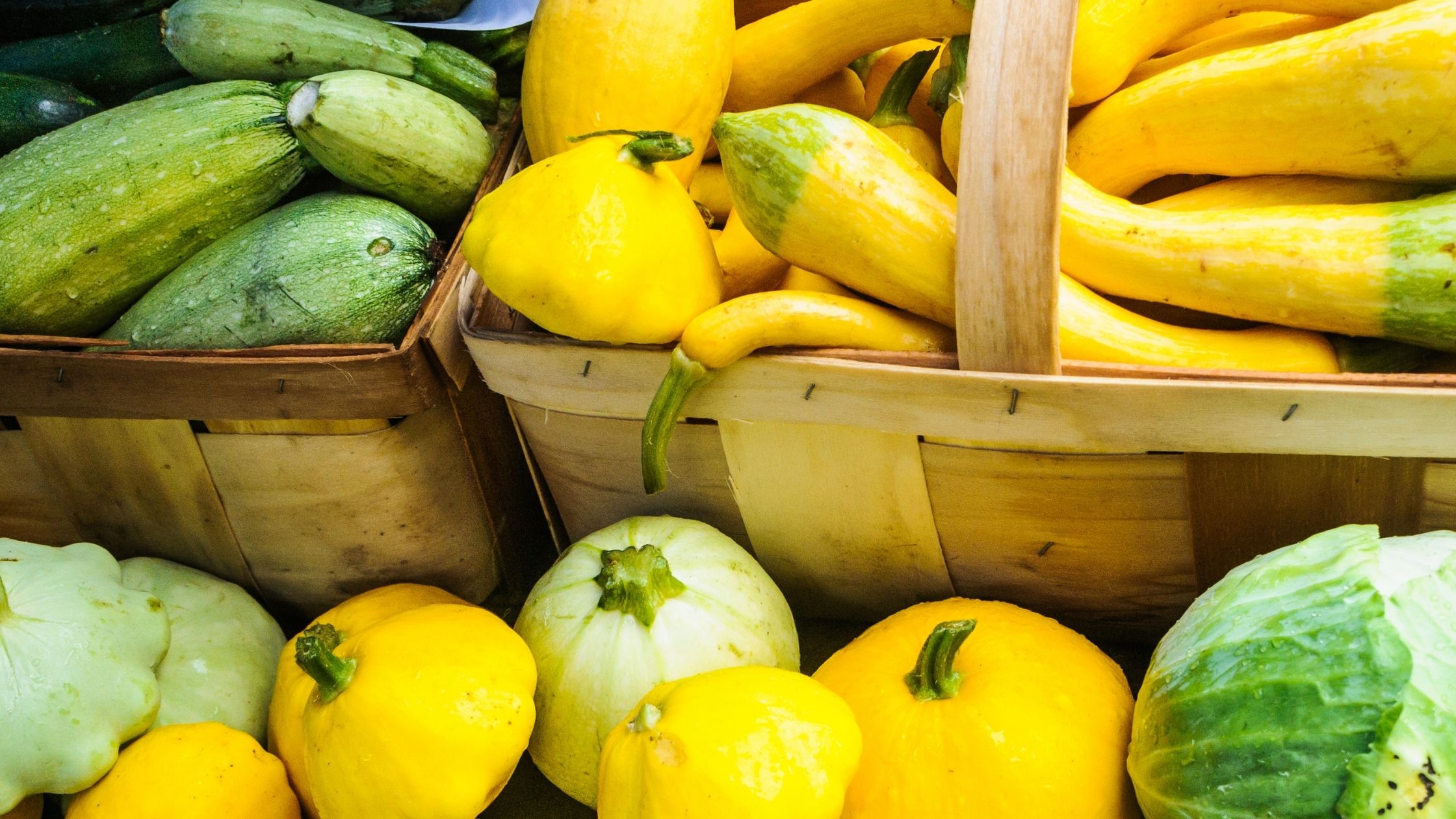The bounty continues, and we’re starting to see a little bit of crossover into autumnal crops. I personally find a lot of joy in transitioning foods with the seasons. Enjoying the last of the summer bounty and looking forward to the richness and nutrient density of autumn.
What’s your favorite seasonal food?
Acorn Squash

Butternut and acorn squash are among the types of winter squash that belong to the gourd family, which also includes pumpkin and zucchini.
Winter squashes have many health benefits, such as high levels of fiber to help keep your digestive system in good shape, vitamin A for proper eye function, and potassium, an essential mineral that helps regulate blood pressure.
Butternut Squash
Butternut squash is usually a little sweeter and nuttier than acorn squash. The nutty flavor makes butternut perfect as an addition to soups,.
Butternut Squash
Butternut squash is usually a little sweeter and nuttier than acorn squash. The nutty flavor makes butternut perfect as an addition to soups.
Like acorn squash, acorn squash is also a winter squash filled with fiber, vitamin A, potassium and minerals.
Apples
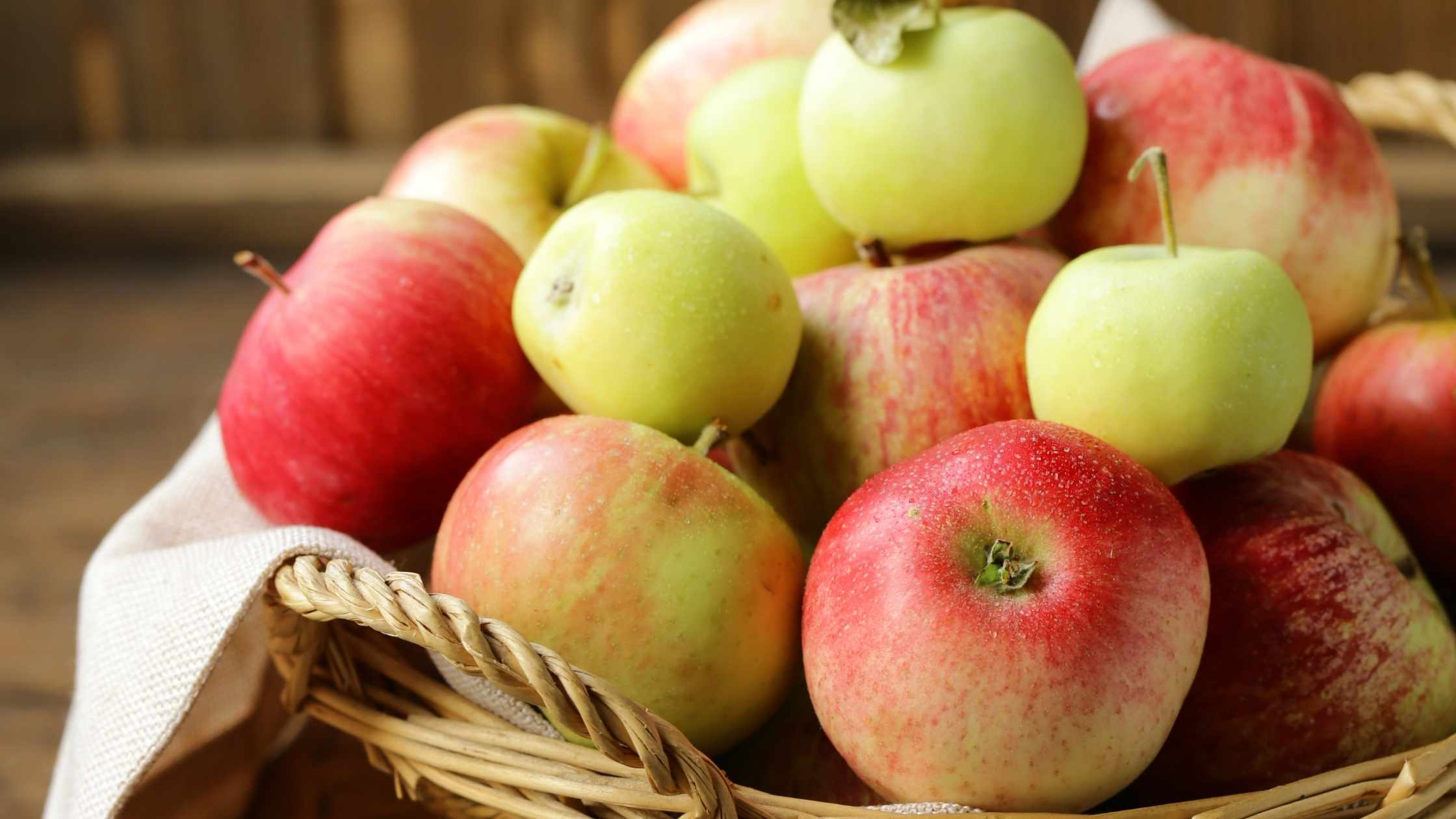
With a history that stretches back more than two thousand years, apples have been the apple of our eye since their first introduction to European cultures.
They are eaten fresh and cooked in various ways-- as a sauce or blended with other ingredients for use in desserts such as pies and tarts.
Aside from high fiber content, apples also boast of polyphenols, which may help reduce cancer risk while improving heart health, memory retention ability, and brain function, among several others!
Apricots
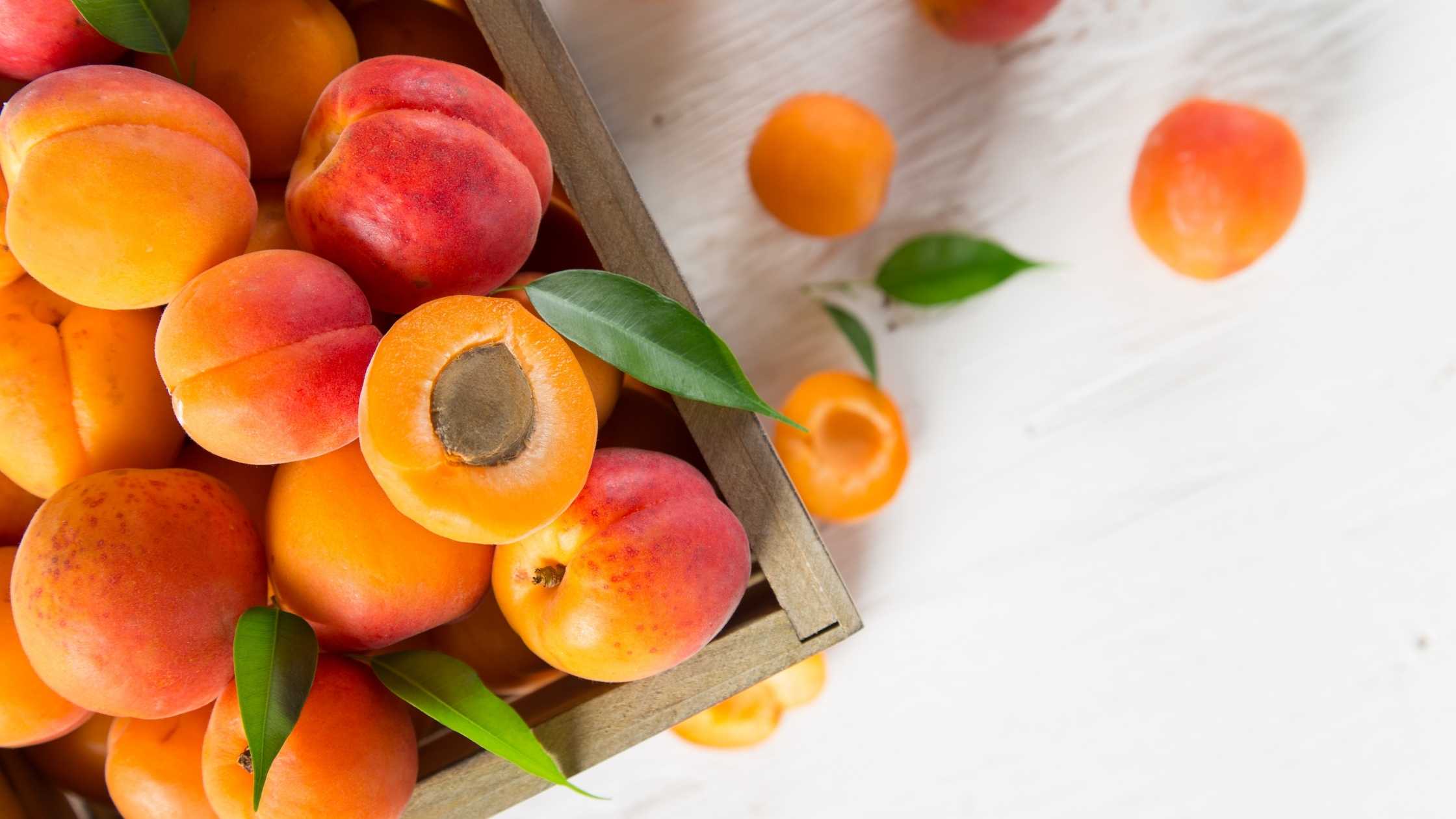
Apricots are grown throughout the warm regions of the world, especially in the Mediterranean.
They are low in calories and fat, a good source of vitamin A and C, and packed with antioxidants, fiber, and vitamins. These multiple benefits can promote eyes, skin, and even gut health. Not to mention that fresh apricots are a hydrating food.
Apricots can be eaten fresh or cooked and can be preserved by canning and drying. Dried apricots are especially high in iron.
Blackberries
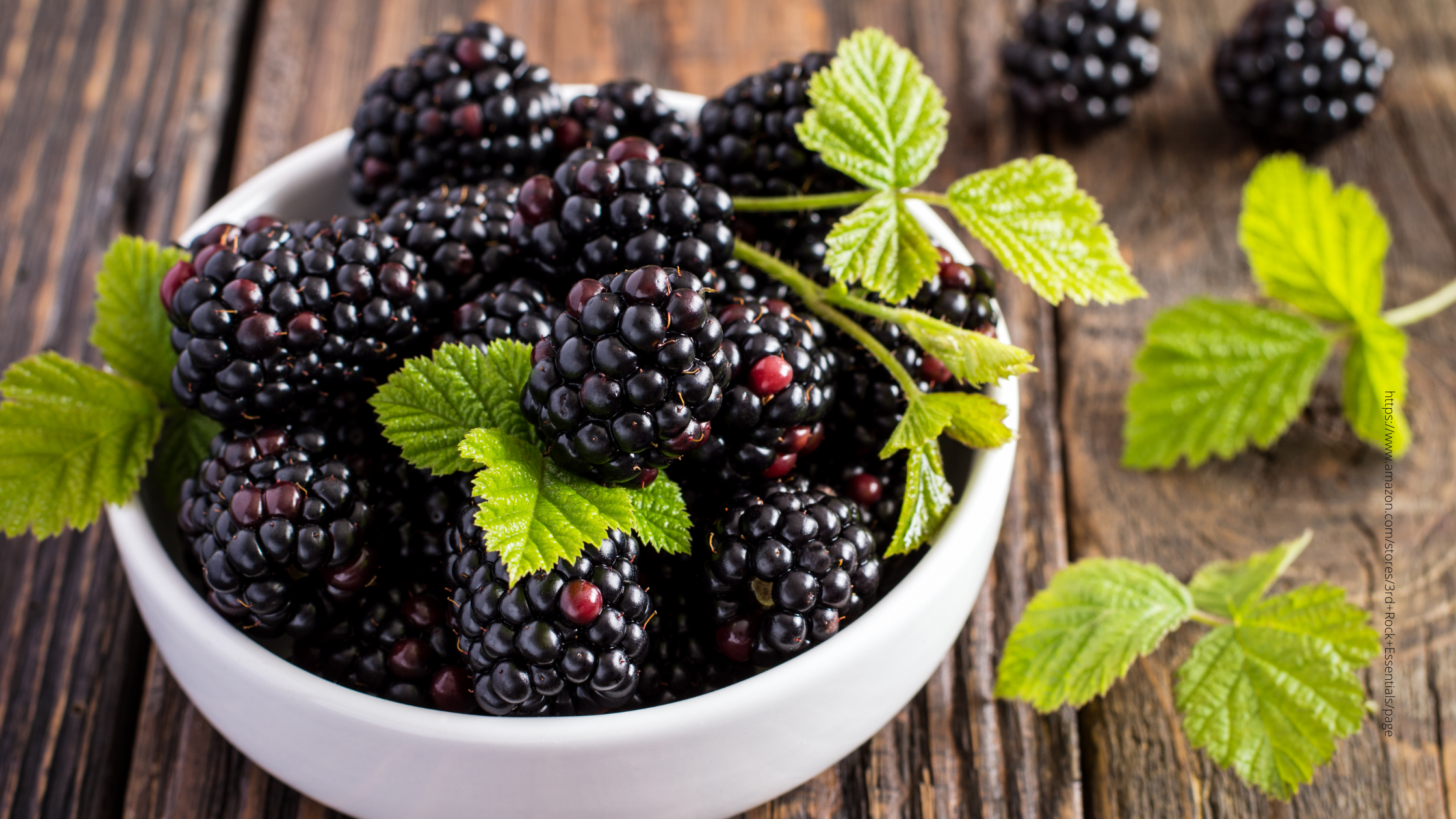
Blackberry bushes grow all over North America (especially in eastern portions), but their favorite place is along the Pacific coast.
Blackberries are high in vitamin C and antioxidants, which help to reduce inflammation in the body. A cup of raw blackberries has 30.2 milligrams of vitamin C or half the daily recommended value. For this reason alone, they've been touted as a superfood.
They are generally eaten fresh, in preserves, or baked goods such as pies!
Blueberries
The Native Americans were the first to recognize blueberries as a versatile and healthful fruit. They used them for medicinal purposes, as a natural flavoring for food, or in pastries like pies and muffins.
Blueberries boast many vitamins, including vitamin C, manganese, iron, plus dietary fiber, which is great at aiding digestion!
Today they're hailed as "superfoods" because of their nutritional value. Fresh berries can be eaten fresh from summertime's harvest while dried ones make excellent flavorings such as sauces with tart lemon juice added in too!
Cantaloupe
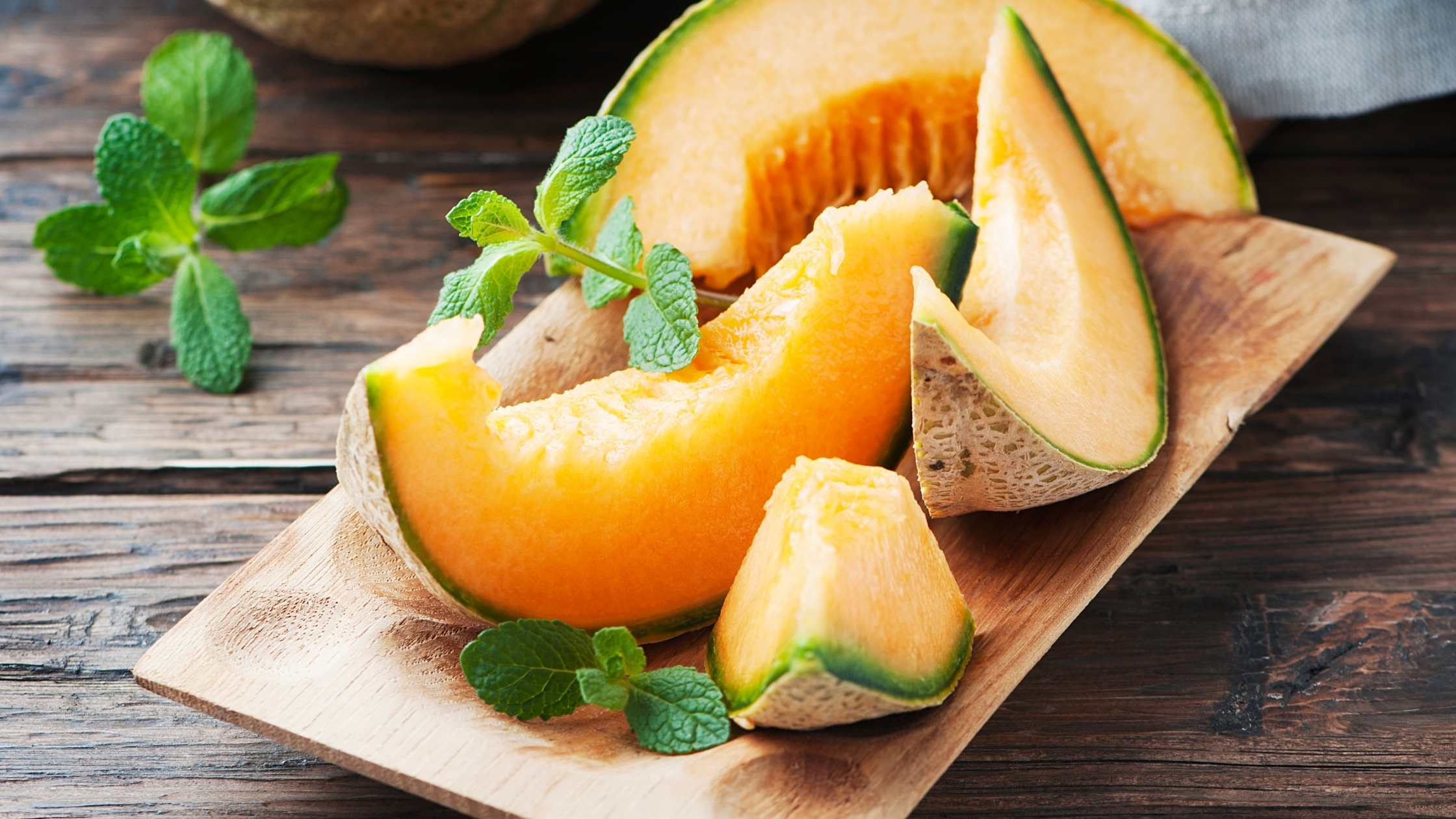
Cantaloupes are not only delicious, but they have a variety of health benefits as well. They contain high levels of beta-carotene, which is an important nutrient for eye and skin protection since it is converted to vitamin A in the body.
Cantaloupe has over 100% DV per cup for Vitamin C, meaning that eating one serving will give you enough Vitamin C throughout your day!
This fruit can be enjoyed on its own or mixed with other fruits like bananas, blueberries, strawberries, etc., making it versatile and enjoyable while getting all your daily nutrients at once!
Corn
Corn originated in the Americas and is one of the most widely distributed food crops.
It is one of the most highly genetically modified (GM) ingredients in the United States. Because of the challenges that genetic modification presents for our health and the environment, I encourage people to choose organic corn and only eat it in moderation.
Whole-grain corn is rich in fiber and provides many vitamins, minerals, and antioxidants.
Despite the sugar in sweet corn, it is not a high glycemic food, as it has low to medium sugar levels.
Cucumbers
 Cucumbers are widely cultivated. It contains 96% water but high in many important vitamins, such as vitamin K and minerals.
Cucumbers are widely cultivated. It contains 96% water but high in many important vitamins, such as vitamin K and minerals.
Eating this incredible fruit may lead to many potential health benefits, including better digestion, balanced hydration, and lower blood sugar levels.
Cucumber is a refreshing summer vegetable. It goes perfectly with BBQs and other hot dishes for an added crunch. It also makes some of the yummiest pickles!
Eggplant
Eggplants require a warm climate and have been cultivated in their native Southeast Asia since ancient times.
They are high-fiber food that has many potential health benefits, including reducing the risk of heart disease and helping with blood sugar control.
Eggplants are a beautiful, versatile vegetable-- they can be baked, grilled, or fried. A staple in cuisines of the Mediterranean region, eggplant is used in classic dishes as the Greek moussaka, the Italian eggplant parmigiana, and the Middle Eastern relish baba ghanoush.
Figs

Fig trees’ natural seedlings can be found in many Mediterranean countries. It is so widely used throughout these regions that it has been nicknamed “the poor man’s food."
The fruit contains significant amounts of copper and vitamin B6. Copper is a mineral that your body needs for the production of red blood cells. It also aids in energy metabolism, and it can help maintain healthy hair, skin, bones, and joints. While vitamin B6 is one of the most essential vitamins to help you maintain a healthy immune system and assist with many bodily processes like balancing hormones, reducing stress levels, and aiding indigestion.
Figs can be enjoyed fresh, dried, or in tea form. Be sure to consume dried figs in moderation because of their high sugar content.
Green beans
Green beans, also called string beans, are a common food in many kitchens across the United States.
These vegetables contain several essential vitamins, including folate, which is 10% of your daily recommended intake value and helps prevent neural tube defects and other birth defects.
You can either blanch them or sauté them to eat raw, and they taste great with melted butter sauce on top!
Kiwifruit
Also commonly referred to as simply kiwi, this fruit originated in China and was originally called Chinese gooseberry. At some point, it transitioned to New Zealand, where it was renamed Kiwifruit. From there, it traveled to California, where it is now a commercial crop.
Kiwifruits are very high in vitamin C, with just one small fruit providing 120% of your RDA. They have a lot of fiber and are also a good source of potassium, magnesium, and vitamin E.
Our favorite way to eat them is to simply cut them in half and scoop them out with a spoon, although kiwi pineapple smoothies are pretty tasty, and kiwi lime pie is a wonderful thing.
Kohlrabi
Kohlrabi is not widely grown commercially but has several health benefits that make it popular in certain regions.
A single cup (135 grams) contains 17% of the recommended daily fiber intake. It also generously provides your body with vitamin C and B6, which supports the immune system, protein metabolism, red blood cell production, among other things.
Kohlrabi can be roasted or baked but keep the cooking simple to take advantage of its crunch and slightly sweet taste.
Lettuce

Lettuce is a nutritious vegetable in the aster family. Although it comes in many varieties, this leafy veggie, in general, is rich in vitamins K and A. Note that red leaf lettuce is higher in antioxidants.
Most lettuce varieties, such as iceberg and romaine, are eaten fresh and often served in salads, wraps, and sandwiches.
Mangoes
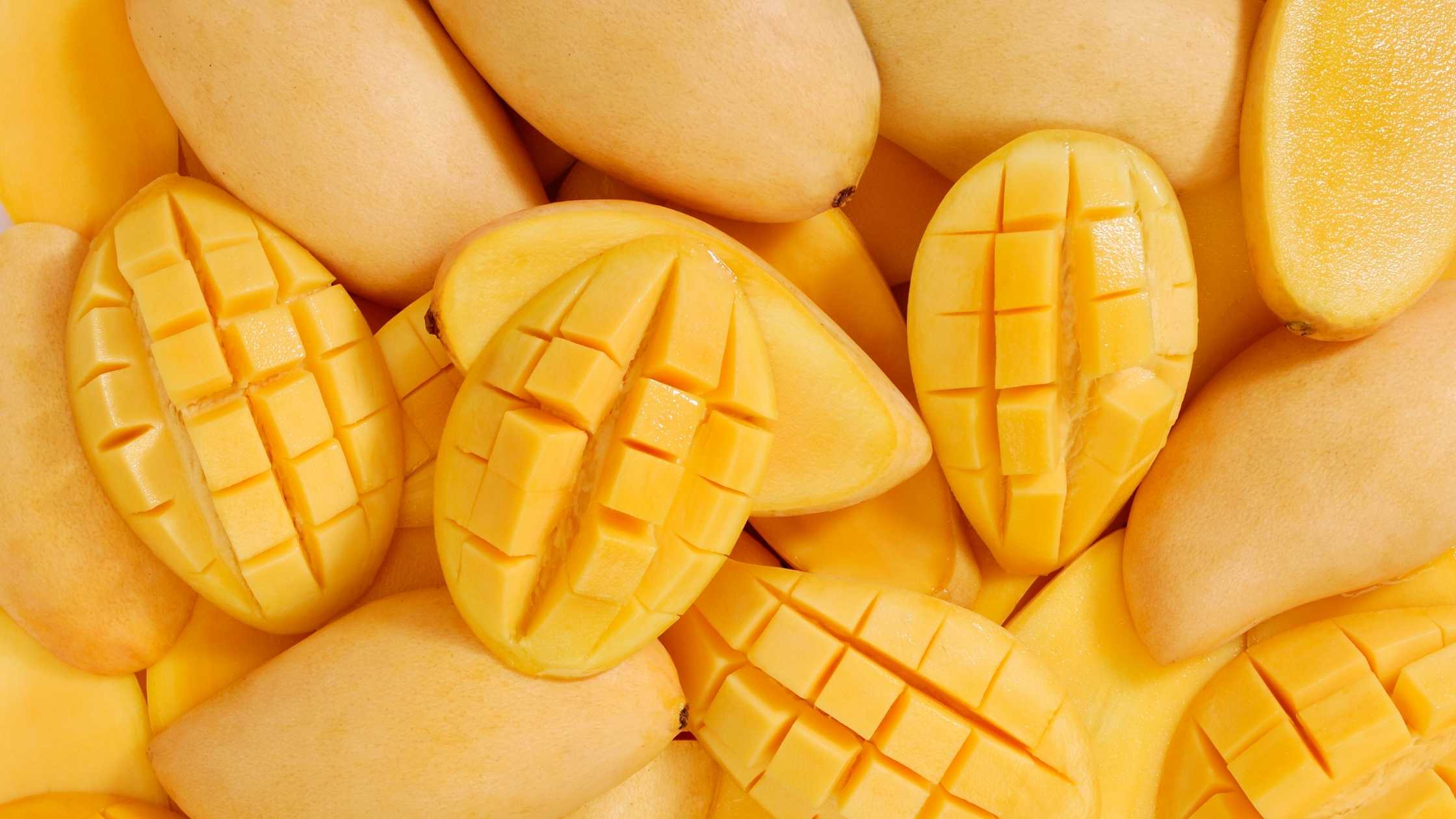
Mangoes are indigenous to southern Asia. They are packed with immune-boosting nutrients -- vitamin A, C, K, and E.
Just one cup of mango has 46 mg of vitamin C or 76% of what you should get per day.
Fresh, yellow mangoes are delicious when eaten plain. I love it as part of smoothies as well!
Okra
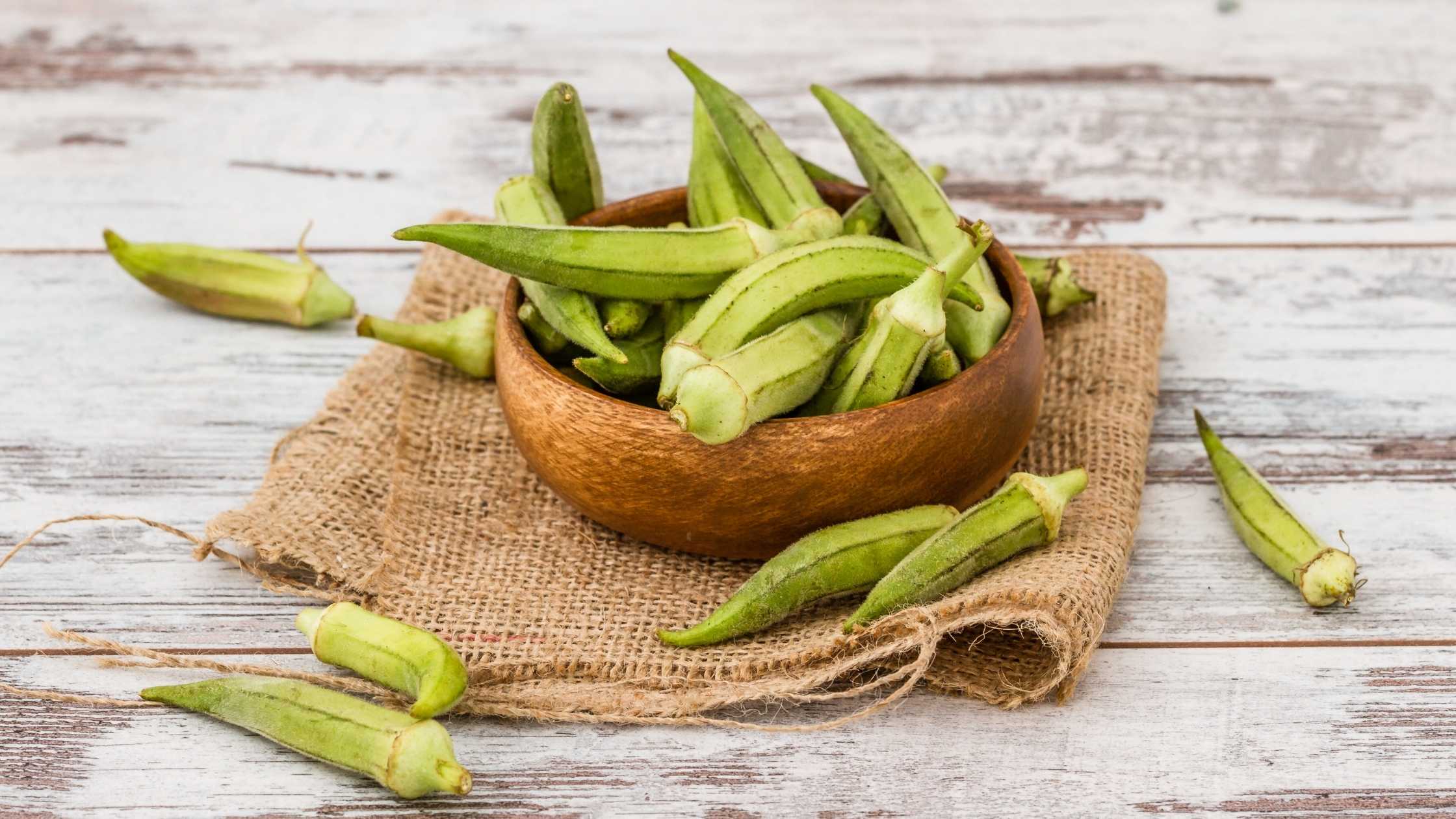
Okra is native to the tropics of the Eastern Hemisphere, such as in Africa and South Asia.
It is high in vitamins C and K1, which boost the immune system and prevent blood clotting.
This vegetable is somewhat unique as it also boasts protein and fiber, a nutrient that many fruits and vegetables lack.
Cooking okra is simple. It can be sauteed, pickled, or added to soup and stews.
Peaches
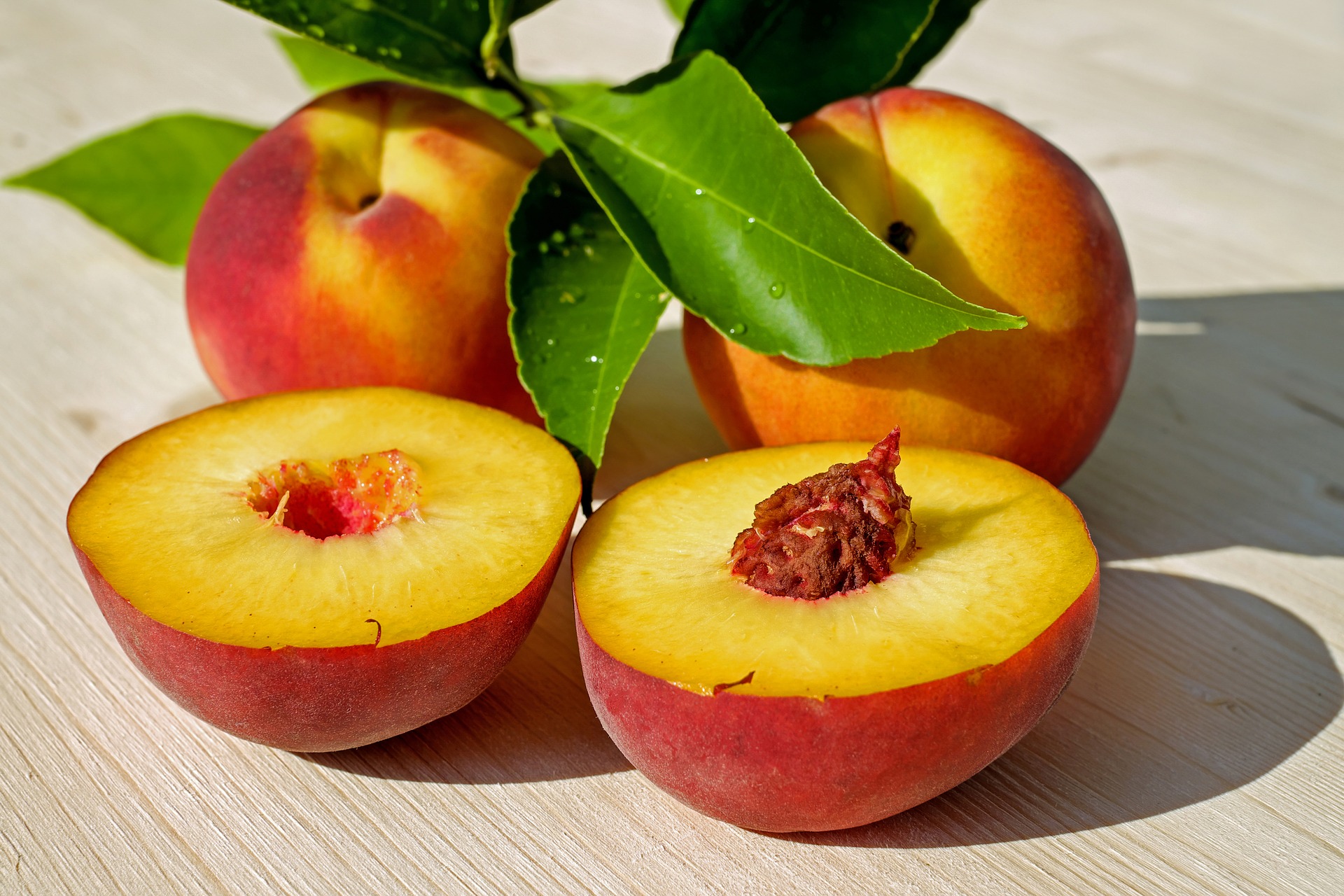
Peaches probably originated in China and spread westward through Asia and to the Mediterranean countries before finally reaching other parts of Europe.
Peaches are a rich source of antioxidants that can help protect your body from aging or disease. Plus, they contain a good amount of vitamin A for eye health, especially abundant yellow-fleshed varieties!
They are widely eaten fresh and are also baked in pies and cobblers.
Peppers
Peppers are the fruits of a tropical plant related to chilies, tomatoes, and breadfruit; all three were originally grown in America.
One thing you may not know about peppers? They have 92% water content! The rest consists mainly of carbs with small amounts of protein and fat--making them one very nutritious meal choice for those looking to maintain their weight.
Not only do they provide 169% vitamin C (which is essential), so it's no wonder bell pepper recipes can be found everywhere, from grocery stores on the street corners alike!
As far as eating these babies go, either raw or cooked will work wonders for our bodies’ health.
Plums
Plum trees have been cultivated around the world and grown in a variety of soils. They come from the same family as peaches or cherries.
Plums contain a fair amount of vitamins, minerals, fiber, and antioxidants. Additionally, one plum provides a small amount of B vitamins, phosphorus, and magnesium.
Plums can be eaten fresh, as an after-dinner dessert fruit, or cooked into jam for your morning toast!
Raspberries
Red raspberries originate from Europe or northern Asia and are often cultivated in temperate areas throughout the world. The most common place to find US-grown berries is California, Oregon, and Washington.
Raspberries contain vitamins, minerals, and fiber which can help provide proper nutrition to your diet. They also come with various health benefits, including providing more than half the recommended daily intake for vitamin C.
Raspberries are a popular ingredient in jams and jellies, but they're also delicious by themselves.
Strawberries
As you know, strawberries top anew this year’s''Dirty Dozen" list of produce found with the most pesticides. Again, it’s best to buy these organic and wash them thoroughly before eating to avoid this.
These delicious berries are a good source of vitamin C, manganese, folate (vitamin B9), and potassium. Reduced cholesterol, blood pressure, and inflammation are just a few of its health benefits.
Furthermore, berries could help prevent spikes in blood sugar and insulin levels.
The fruits are commonly eaten fresh, baked, and preserved.
Summer Squash
Squash is considered a vegetable in cooking but botanically classified as a fruit.
Some popular varieties of summer squash include yellow squashes (196 grams provides more potassium than a large banana), zucchini (low-calorie alternatives to noodles), and pattypan (which contains many vitamins and minerals such as vitamin C, folate, and manganese).
These varieties can be sautéed, baked, grilled, or used to make casseroles and soups.
Swiss Chard
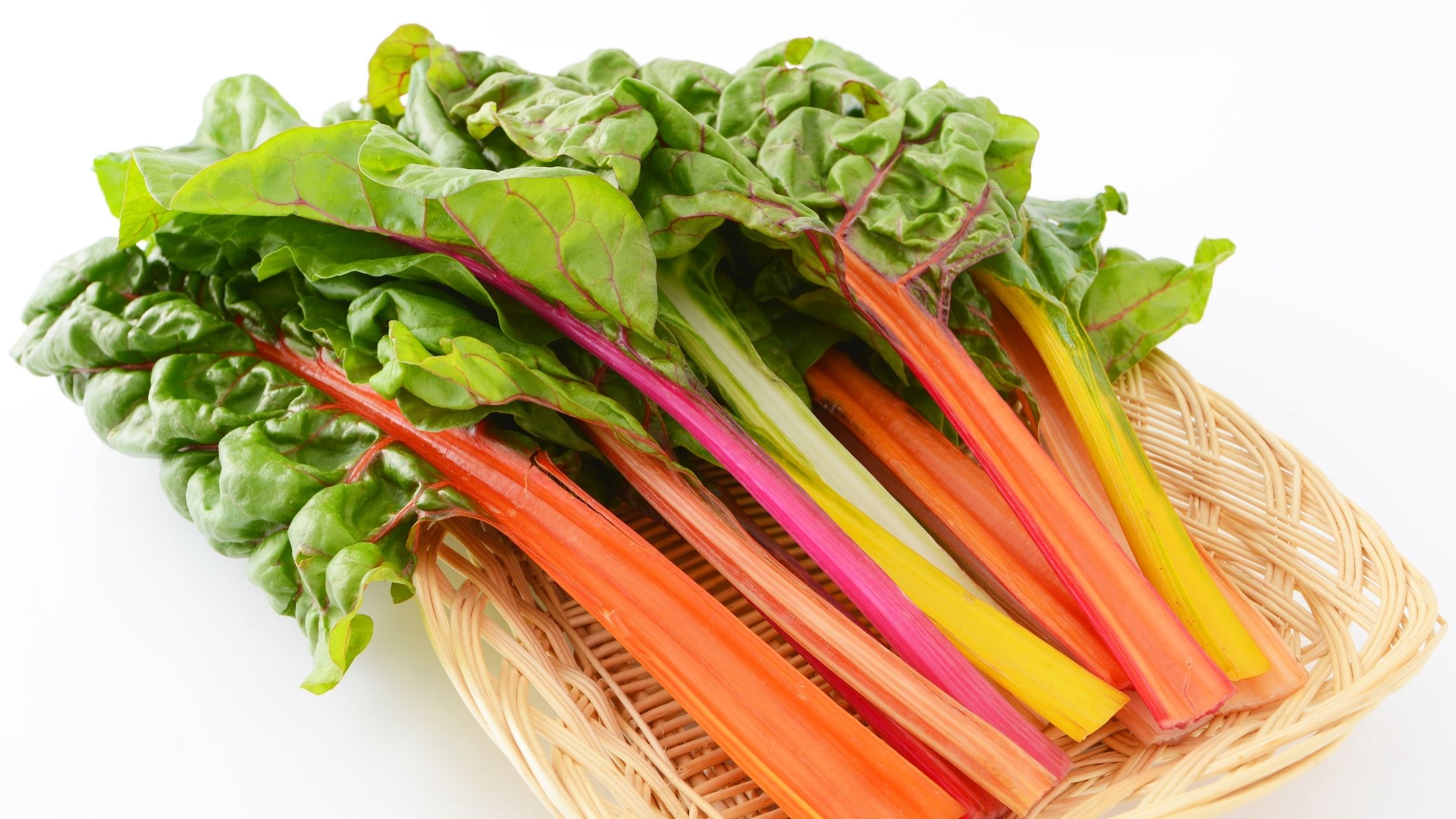
The name may imply that it originated in Switzerland, but it is native to the Mediterranean region. Due to its enormous cultivation in Switzerland, it was referred to as a Swiss Chard.
These leafy greens are an excellent source of vitamins A and K and nearly fulfills the daily need for vitamin C. Additionally, it is extremely low in calories, making a weight-loss-friendly vegetable.
Swiss chard can be eaten raw in salads, sautéed, or served in soups.
Tomatoes
Labeled as a vegetable for nutritional purposes, tomatoes are fruits native to South America.
They're high in vitamins C and lycopene-- an important phytochemical that helps fight off diseases such as cancer.
You can find them eaten raw atop salads with all sorts of tasty toppings like cheese or avocado, baked into delicious dishes like lasagna or marinara sauce, sun or oven-dried, and pickled. Green tomatoes are also fabulous as a chutney.
Watermelon
Watermelon is native to tropical Africa and cultivated around the world.
Despite its high water content, it's surprisingly healthy with many nutrients such as lycopene and vitamin C!
It can be eaten raw or preserved in pickles for a tasty twist to your typical condiment.
Zucchini
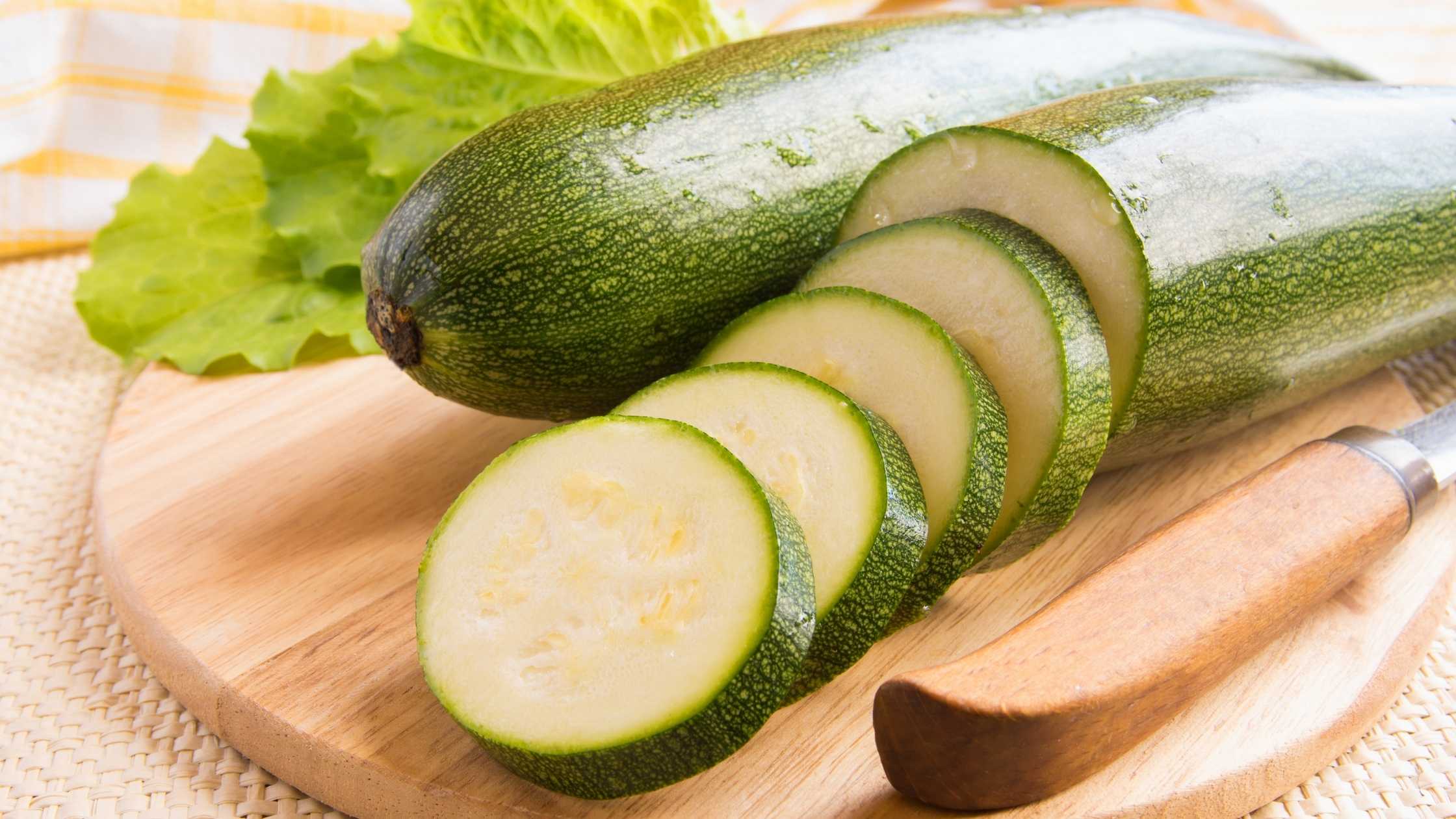
Zucchini is a variety of summer squash. Although it is considered a vegetable, it is classified as a fruit.
It is particularly high in vitamin A and offers several health benefits -- from healthy vision to healthy digestion.
Zucchini is versatile and eaten raw or cooked in stews, soups, salad, and even chips!
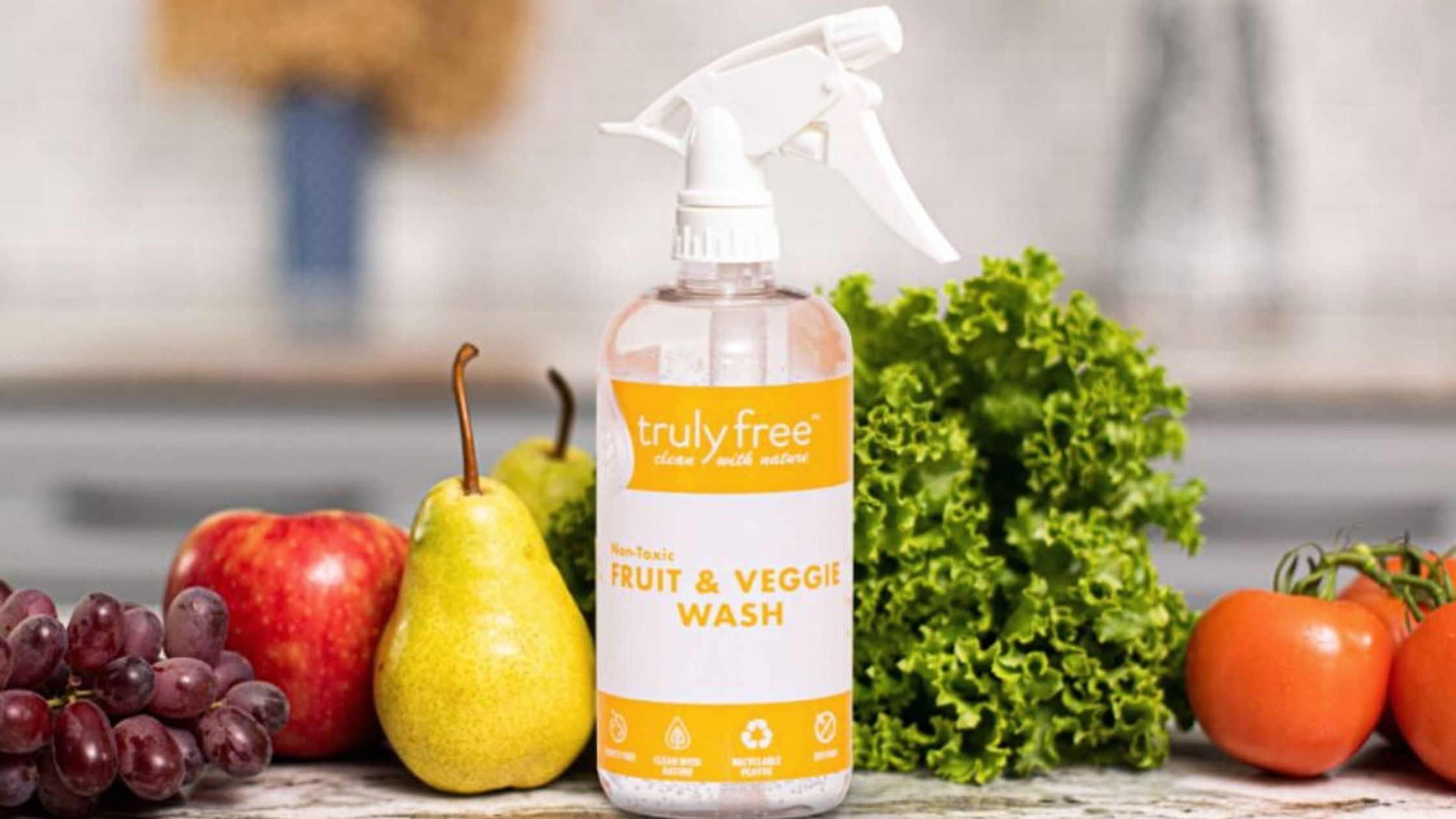 When eating fresh, in-season produce, don’t forget to wash it first. Click here to get your toxin-free fruit and veggie wash
When eating fresh, in-season produce, don’t forget to wash it first. Click here to get your toxin-free fruit and veggie wash
Sources
https://blueberry.org/about-blueberries/history-of-blueberries/https://www.britannica.com/plant/blueberry-planthttps://www.britannica.com/plant/cucumberhttps://www.healthline.com/nutrition/7-health-benefits-of-cucumberhttps://ndb.nal.usda.gov/ndb/foods/show?n1=%7BQv%3D1%7D&fgcd=&man=&lfacet=&count=&max=25&sort=f&qlookup=&offset=50&format=Full&new=&rptfrm=nl&ndbno=09042&nutrient1=315&nutrient2=&nutrient3=%E2%8A%82=0&totCount=298&measureby=mhttps://www.healthline.com/nutrition/vitamin-c-foodshttps://www.healthline.com/nutrition/foods/bell-peppers#nutritionhttps://www.britannica.com/plant/pepper-plant-Capsicum-genushttps://www.healthline.com/nutrition/benefits-of-plums-pruneshttps://www.britannica.com/plant/plumhttps://www.healthline.com/nutrition/raspberry-nutrition#useshttps://www.healthline.com/nutrition/types-of-squashhttps://www.healthline.com/nutrition/foods/tomatoeshttps://www.britannica.com/plant/tomatohttps://www.healthline.com/health/food-nutrition/green-beans

